Spring is a hot time for each gardener and flower. After all, it is in these warm and sunny days that they all try to find interesting types of colors for themselves, which will certainly decorate their plot. Thanks to the work of breeders today, there is simply a huge number of annual and perennial colors that differ in appearance and cultivation conditions. Among all this diversity is distinguished by Lichnis - a bright star on any flowerbed.
It is a simple, seemingly plant, it is simply a chic appearance. His flowers bright colors enliven the garden and a flower garden, filling them with a spring mood. Lichnis, landing and care in the open soil behind which will not be difficult for even inexperienced gardener, will become the central decoration of your flower garden in combination with other colors.
In this article, consider the features and description of Lichnis, we give a description of the most popular species and varieties. We will tell about the main nuances and secrets of agrotechnics of growing of Lichnis in the open soil.
Features and description of Lichnis
Lichnis is a perennial grassy plant, which belongs to a large clove family. Very often, the Lichnis flower is confused with representatives of the Smolevka family and refer it to this group. The territory of distribution of this unusual plant is wide enough. It can be found everywhere in the northern hemisphere, the habitat of Likhnis extends to a moderate, northern and arctic climate. The homeland of this bright flower is considered the territory of Western Russia, part of Siberia, Central Asia and Mangoli. Sometimes in nature you can meet annual species of Lihnis, although in gardening preference is given to many sturbs.
The name of the plant itself occurred from the Greek word "lychnos", which translated lamp, lamp, light. This is associated with several reasons. First, the value of the name of the flower is associated with a bright color, which is always the first striking. It is red, pink, lilac paint can be seen from a long distance. Secondly, in ancient times, this plant was used as a wick for oil lamps and lamps.
In the people of Lichnis is known under different names that are more familiar to people. In Russia, this plant is called a dawn or a horizon for all the same bright colors. Sometimes on the Internet you can meet the name "Tatar soap" or "wash", which are associated with the ability of certain types of plants to be washed. Roots and stems, for example, white dawns used to be used during washing.
Description of Lichnis:
- In most plant, Lihnis is a perennial plant, which in shape resembles a small bush.
- The root system of Lichnis is represented by a rather powerful rhizome, which provides good survival rate.
- Depending on the specific type and variety, the plants can be different. The height reach an average of 20 cm to 100 cm.
- Stems upright in one case are slightly pubescent, and in another rough.
- On one bush, the stems can be solitary, and can be collected in the group.
- Over the entire length of the strength stems in Lichnis, the oblong lanceal leaves of dark green or light green leaves grow. However, sometimes you can meet the types of Lichnis with a burgundy tint of foliage.
- On the top of the stems are blooming bright flowers of Lichnis. Rightly, they are single, most often small flowers are assembled into shields or sound inflorescences consisting of 20-50 pieces.
- On one plant, flowers may be rich.
- In terms of its structure, Lichnis flowers are also very unusual. They consist of two fractions, different in depth and magnitude.
- Flowers can be of a wide variety of shades: white, yellow, red, pink, lilac.
- Blossoms usually begins at the beginning of summer and lasts from 1 month to 2.
- In the fall, seed boxes appear on the site of the blooming colors, in shape resembling five-margins. Lichnis seeds have dark brown and small size.
- In total, there are currently a little more than 35 varieties of Lihnis, the cultivation of which is very simple and does not require large luggage of knowledge.
Variety of species and varieties of Lichnis
The genus Lichnis is represented as large variety of species and varieties that sometimes it seems that they all belong to completely different families. Each species has a number of unique and bright features that attract the attention of experienced flowerflower and amateur gardeners. Let us give a description of the varieties of Lichnis and its common species.
Lichnis Holedonsky
- Lichnis Halcedonsky is one of the most popular species of this plant in Russia.
- It is a long-term grassy plant, the birthplace of which is considered the European part of Russia, Central Asia.
- In height, the plant of this species reaches approximately 80-100 cm and is quite tall.
- This plant was the first to receive the popular name of the dawn for their fiery-red flowers. Sometimes even this type is simply called Lichnis red.
- The plant is characterized by reprehensible and slightly floated stems, along the entire length of which egg-shaped or lancing leaves grow.
- Plant leaves are also completely covered with small hairs.
- Flowers of Lichnis Hallensky are very small, in diameter reaches only 0.5-1 cm. Collected on the top of the stem in the palate inflorescences, which are reminded in appearance beautiful lush hats.
- Color color can be different: familiar red, white and pink.
- Blossom begins in June and lasts for about 1.5 months.
- The view is very winter-hardy, withstands frost to -35.
Popular varieties:
- Variety lychnisa "Maltese Cross". The most popular variety of Lichnis Holedonsky. It has very magnificent infloresions of bright red.
- Grade "Pinkie". This variety of Lichnis has delicate pink inflorescences.
- Grade "Alba". Garden form of Lichnis Halcedonsky, which pleases the eye with snow-white colors collected in palate inflorescences.
Lichnis crown
- This species of Lichnis is distinguished by its unpretentiousness. Perfectly feels on the poor and non-fermentation soils.
- In height can reach 80-100 cm and is characterized by a rather powerful branched stem, which makes a plant look like a small bush.
- The stalks are covered with input and have a dark ash-gray.
- Egg-shaped leaves or slightly oblong ash color.
- From Likhnis Halcedonsky, this kind is different in that single flowers blooms on the tops of the stems.
- Flowers are never going to inflorescences and have a variety of shades of pink, white and raspberry.
- Blossoming Crowded Lichnis begins in the end of spring and lasts until the first frosts, which is especially valued by gardeners.
- Can multiply by self-sowing.
Popular varieties:
- Lichnis variety "Mysterious Island". This is a domestic grade of Lichnis, which is derived by Russian breeders. Herbal perennial plant, stem and leaves of which are slightly pubescent. Flowers single pink color with white cut along the edge of petals.
- Grade "Enegez Blasch". Unlike many species and varieties of Lichnis, is a two-year plant. The height reaches only 50-60 cm. It is worthy of this grade during flowering when his flowers change painting with a pure white to a slightly pink in the center of the petals.
Lichnis Viscription
- This variety of Lichnis is often called an ordinary resin.
- Lichnis Viscription is a grassy perennial plant, which can be in height to reach 90-100 cm.
- The stems of this species are covered with sticky liquid, which attracts insects. The color they are dark red.
- Plant flowers are very small, can be represented in white, pink and raspberry color.
- Plants with blossomed flowers of Lichnis Writing in the photo look wonderful.
- Flowers are collected in the blurred inflorescences that bloom at the end of May and bloom about 1-1.5 months.
Popular varieties:
- Variety of Lichnis "Rosetta". It is a very decorative garden grade. The cultivation of Lichnis "Rosette" in culture is possible as a two-year-old plant. It has a very beautiful terry raspberry flowers.
Lichnis Arkraita
- In the culture, this species is used very rarely.
- Most often, Lichnis "Vesuvius" is grown.
- It is a perennial herbaceous plant, which is formed by small reprehensive stems.
- The height reaches only 40-45 cm.
- Stems and foliages have a greenish-bronze tint.
- It blooms with bright orange flowers, which in diameter reach 3 cm.
Lichnis Alpine
- It is distinguished by low stems, which in height reach only 20 cm.
- Stems of Lichnis Alpine sharpening.
- This type of leaves grows out of the root outlet.
- Flowers with very small colors of raspberry or pink color. They are collected in the blurred inflorescences.
- Due to its structure, it is great for landing in rockers and on the Alpine slides.
- Grand "Lara" - flowers with small pink flowers.
Lichnis Haage
- This species is a hybrid variety.
- It features beautiful large colors that are collected in umbrella inflorescences.
- Stalver and foliage plants have a bronze tint.
- Grade "Motin Lava" - flowers with red flowers.
Lichnis reproduction: the most common ways
Lichnis easily multiplies at home as a seed method and vegetative. Having understood in the nuances of each method, you can pick up the most optimal way of reproduction and try to implement it yourself.
Seed reproduction of Lichnis
- The cultivation of Lichnis from seeds is considered the easiest and most preferable. In this way, almost all types and varieties of this plant can be diluted, with the exception of terry forms.
- Before riding the breeding of Lichnis in a seed way, you need to purchase seeds in a special store or collect them yourself.
- Collect seeds in the autumn period when inflorescences completely dry out and mature seed boxes appear in their place.
- You need to catch seeds, since when opening the box, they will fly out and self-saming.
- Seeds of this plant can perfectly be stored in a dark place for up to 4 years.
- Seize Lichnis seeds directly into open soil in spring or autumn. However, it is necessary to take into account that with this method, the plant will bloom only in a year.
- When sowing seeds, it is not necessary to stratify them, since in the winter they will pass the natural process of hardening.
- Prepare the desired area and post prepared seeds. Shoots will appear after the soil warming in the spring.
- If shoots are too thickly located, they can be switched.
- If you plant seeds in the spring, then you need to think about stratification.
- For this, the seeds must be wrapped in a wet fabric and put them in the refrigerator for about 3-4 weeks. In this case, the fabric needs to constantly moisturize.
- The open ground is sown at the end of April or in early May.
- The first shoots will appear approximately after 3 weeks, provided that the average temperature lasts about 18 degrees.
- Approximately 3 weeks after Richnis, you can land in flower beds.
- Like Lichnis to seedlings will help you get a flowering plant already this year.
Reproduction of Lichnis division bush
- This method of reproduction is also very often used by gardeners for the reason that once in 5 years Kostiki Lichnis needs to be replanted.
- It is important to remember that the plants under the five-year-old age should not be divided.
- Choose a healthy and strong bush and carefully dig it.
- The soil does not need to shake the roots.
- To divide the root, take a sharp knife and gently divide it into several parts.
- In decree, consider that each decene must have its own point of growth and several young shoots.
- If the plant is already very old, then when dividing you, even a knife may not need - the rhizome is perfectly divided by hands.
- After division, young bushes need to be put in the prepared wells at a distance of about 25 cm from each other.
- Sharing Lichnis is best in the fall, although it is possible to do it in the spring.
Reproduction of Lichnis Cherenkovania
- This method is most often used for reproduction of decorative garden forms, for example, Lichnis with terry flowers.
- The preparation of Chenkov must be engaged in the summer.
- Choose on the plant with terry colors strong and high shoots and cut the cuttings about 20-25 cm long.
- In order for your cuttings much faster, to process their lower part with a special solution of the rooting agent, for example, corneser. Just place the prepared cuttings for 20-30 minutes in a container with this solution.
- After that, the cuttings are planted on the prepared plot and cover them with any underfloor material, so they will come down much faster.
- In the fall, your cuttings can be transplanted on a flowerbed or flower garden.
- Check, cut the cuttings or not you can carefully looking at them. If the roots appeared, young leaves will appear on the cuttings.
Preparatory work before landing Lichnis
Landing and care for Lichnis does not make up labor, these are rather unpretentious plants that will grow practically in any conditions. However, in order to get a beautiful, healthy and magnificent flowering plant, it is necessary to carefully prepare before landing Lichnis in open ground.
Selection of varieties and seedlings of Lichnis
- The beauty of your site will depend on the variety you chose.
- Different varieties of Lichnis can grow at different heights. This must be taken into account when acquiring seeds or seedlings of Lichnis.
- Initially, think where you will disembark your colors. In the center of flowerbeds or along the walls, fences, you can land higher varieties that can reach 100 cm. On the edge of the flower garden, you can place varieties that are in a height reach 40-50 cm. Lichnis Alpian plants perfectly fall on the Alpine slide.
- If you acquire seeds in the store, be sure to pay attention to the shelf life.
- In various specialized nurseries, ready-made seedlings of Lichnis, which have already achieved 1-2 years have been sold.
- When buying seedlings, pay attention to the state of shoots and foliage. They should not be damage and signs of diseases.
- Soil in the container should be clean and moistened.
Selection of Lichnis Place
- Lichnis is considered a very unpretentious plant that can grow almost anywhere.
- Think in advance the garden composition you want to get in the end. Higher varieties of the plant are better to choose a section along the walls of the house or other buildings, along the fence or arbors, along the shores of the pond or a reservoir. Low varieties will feel great in solitary or group landings on flowerbeds or mountaineering.
- Almost all varieties and types of Lichnis prefer to grow in open sunny places. Crowded Lichnis varieties can grow in light shadow.
- All plants of this species do not carry a big convergence, so it is best to choose a site for landing on a small hill.
Choice and preparation of soil for Lichnis
- Lichnis can grow practically on any soil, but it still prefers easier and poor.
- The soil on the selected area should be well drained, as the plant does not carry water stagnation.
- Prepare the ground landing is best one month before the planned work. Carefully reharden the selected area about the bayonet shovels, well explode the ground and crumple it. It is also recommended to add fertilizer to the soil: a little humoring, superphosphate.
Like Lichnis Technology
- Seed sowing said a little higher, now we will stop at Lichnis landing after division and when buying seedlings of this plant in the store.
- During the landing on the prepared plot of land, which was processed in another month, it is necessary to make suitable plants for Lihannis seedlings. Their size is determined depending on the size of the root. If you sit down several Lihnis plants, observe the optimal distance between them - about 20-25 cm.
- Since these plants prefer to grow on well-drained soil, embank large clean sand or fine gravel on the bottom of each well.
- If you purchased seedlings, then carefully remove them from the container and check the roots. Do not shake the soil.
- Carefully place the plant in the well and suck the soil, slightly compact your hands.
- After planting seedlings and seedlings of Lihnis, it is necessary to rush to water with water and explode the soil around them.
Lihnis Growing Agrotechnics: Secrets and Nuances of Care
Caring for Lichnis is very simple and does not require any intricate actions. However, attention this plant is still loved, so occasionally you have to make a little effort to help the flower being beautiful and healthy.
Watering Lichnis
Watering mode is very important for Lichnis. This plant does not tolerate excessive oveurgement of the soil, so it is necessary to water very carefully. It is possible to focus on the state of the soil and water only when the upper layer is completely dry. Increase the amount of irrigation only during the period of severe drought.
Lichnis loosening and mulching
An important stage of Lichnis care is the regular loosening of the soil around the plant. Lichnis loves light and air soil, so after each irrigation, carefully loose with the soil with hands or a special tool. During loosenings, remove all weeds, as this plant is seriously tolerated the neighborhood and can quickly die under pressure of a stronger culture. So that the soil was pure longer, it can be closed with a dry peat. During flowering, it is recommended to periodically delete the sworded buds periodically, so you stimulate the growth and flowering of new ones.
Undercaming Lichnis
Most of the varieties of Lichnis feel great on poor soils, however, to obtain a brighter plant with well-developed stems, it is better to periodically carry out feeding. Organic fertilizers plant feels only when landing, and in the future only minerals are used.
- The first feeding is carried out before the appearance of buds. For fertilizer, potassium sulfate, urea and superphosphate are used. You need to take 1 tbsp. And dissolve in a bucket of water.
- The second feeding is carried out during the active blossom of Lichnis. In this case, potassium sulfate and superphosphate are used, you can purchase special fertilizer agricults in the store.
- The third feeding need to spend after a complete flow of plants. It is made similarly to the second.
Lichnis preparation for winter
Likhnis perfectly tolerate frosts, so does not require significant preparation for this period. You only need to cut all the shoots in the fall, leaving only small hemps by 3 cm.
Fighting diseases and pests of Lichnis
Diseases:
- Root rot, rust and spotty. These diseases appear with improper care and excessive watering of plants. When signs and symptoms are found, it is important to immediately treat flowers with special preparations. With abundant damage, the plants are removed, and the soil is processed.
Pests:
- TLL, butterfly slumbsy, leaflet. With a minor defeat from these pests, you can use a tobacco solution. However, if the insects were very raised, chemicals will have to use.
Lichnis, photo
Lichnis is a very beautiful and amazing plant, which, with the first moments of admirement, enchants its simplicity and at the same time brightness. Putting this plant on its plot, you will be admired with colorful and fragrant infloresions for a long time.

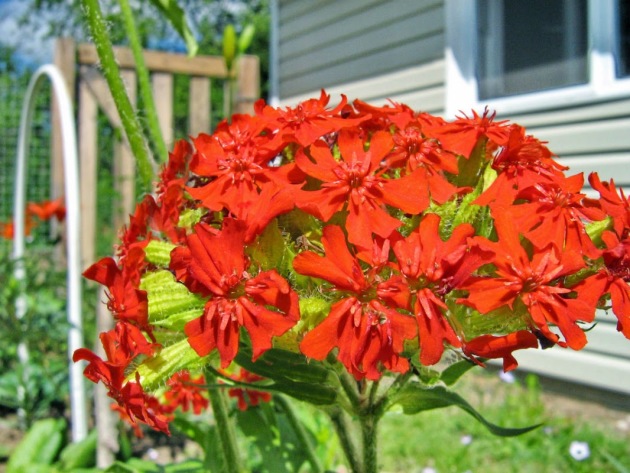
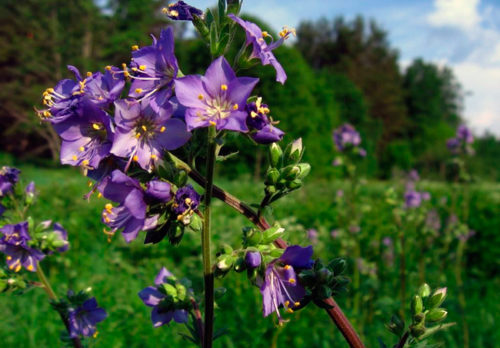
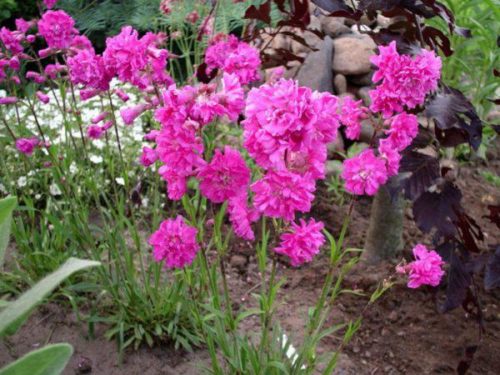
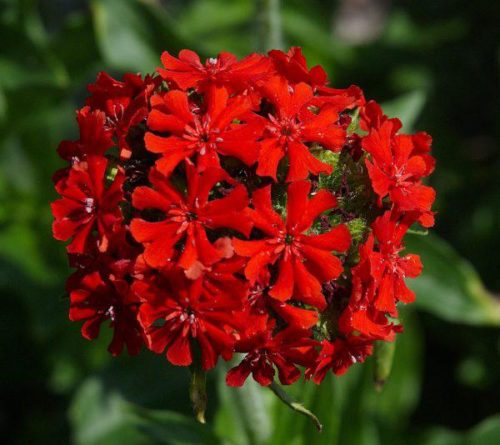

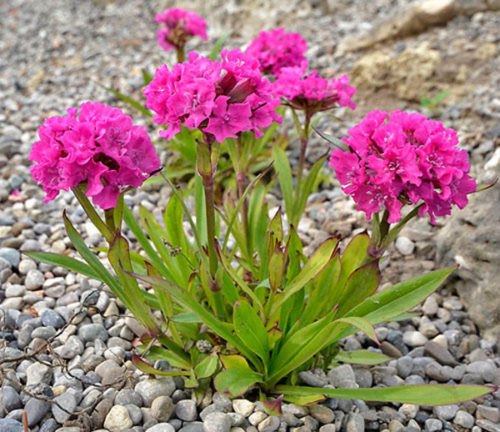
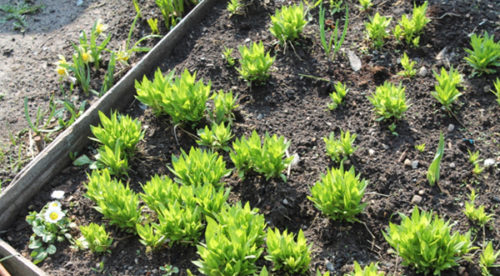
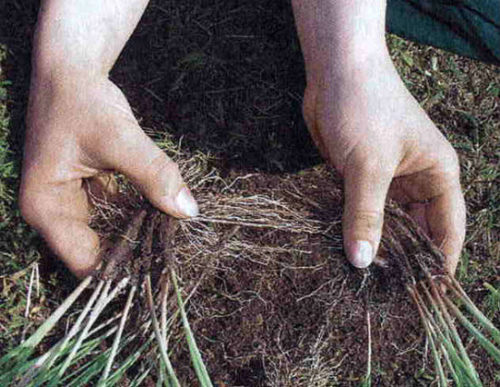
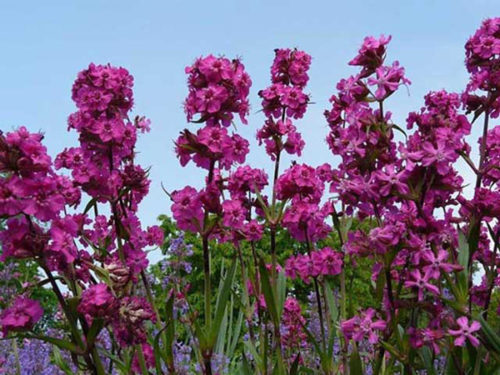
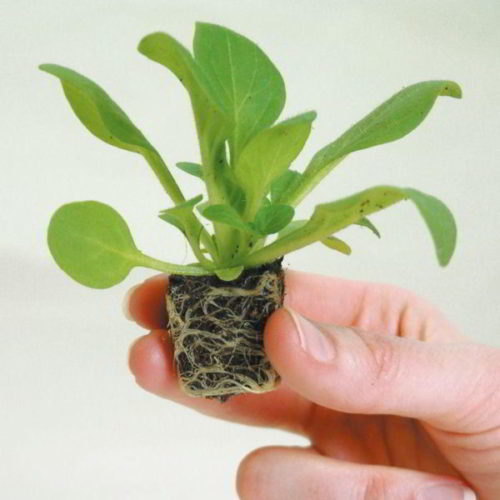
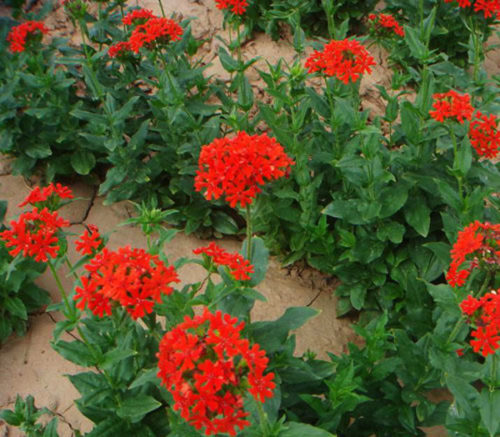
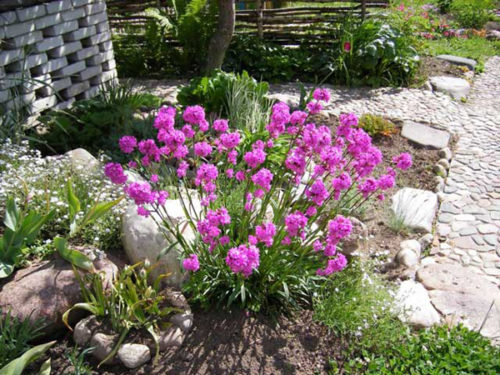
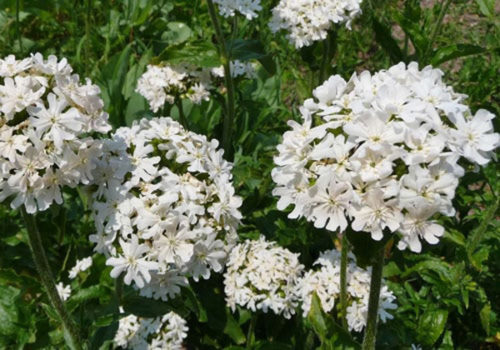














 Start a discussion ...
Start a discussion ...